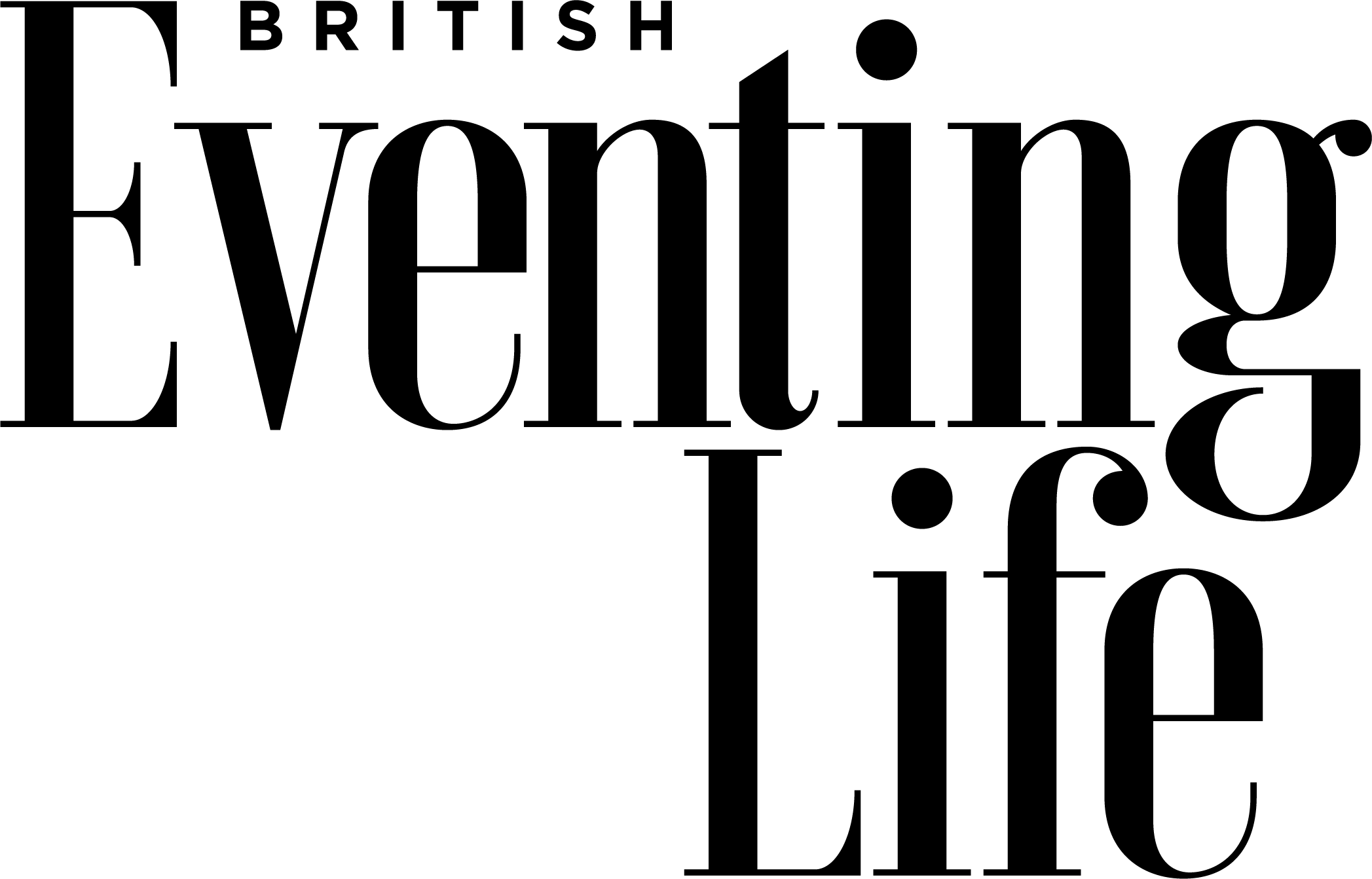
The top hat rules
One of the most important pieces of equestrian safety gear is your riding helmet. The best ones are designed, engineered and tested to maximise safety, but their effectiveness can be jeopardised if they’re not used or cared for correctly. Follow these six top riding helmet safety tips…
1. Only wear a certified equestrian helmet
Riding helmets are certified to high equestrian safety standards. Matt Stewart, Head of Innovation, and Maisie Sturge, Marketing Manager, both at Charles Owen, advise that you always buy a certified helmet, which complies with one of the following safety standards for 2024:
1. Only wear a certified equestrian helmet
Riding helmets are certified to high equestrian safety standards. Matt Stewart, Head of Innovation, and Maisie Sturge, Marketing Manager, both at Charles Owen, advise that you always buy a certified helmet, which complies with one of the following safety standards for 2024:
- British and European: PAS 015:2011, BS EN1384:2023 OR VG1 04.040 2014-12, provided they carry the BSI Kitemark or Inspec IC mark.
- American: ASTM F1163:15 OR 2023 onwards or SNELL E2016 OR 2021.
- Australia and New Zealand: AS/NZS 3838 2006, with the SAI Global mark.
2. Find the perfect fit
When buying a new helmet, choose one that fits your head. It’ll break in as you wear it and mould to the shape of your head, but it should always fit like a new pair of boots: snug, with a firm and even pressure all the way around. Experts Matt and Maisie recommend using this checklist to ensure the perfect fit:
- The helmet must be a snug fit with even, firm pressure around the entire head.
- It must have no specific pressure points or gaps.
- It should lock onto the back of the skull.
- It should sit level on the head, covering the forehead, leaving about an inch above the eyebrows.
- It must not rock forwards or backwards when the harness is unfastened.
- The chinstrap should sit just under the chin and gently touch the bottom of the ear lobe, avoiding the throat.
- You should be able to put a finger between the strap and your chin.
- The harness laces at the back of the helmet should be secured tightly.
- Wear the helmet for five minutes to give it time to mould to your head and reveal any pressure points.
If you have long hair and ride with it up only occasionally, you might need a second helmet.
3. Maintain and store your helmet properly
Helmets should be checked daily for wear and tear, with a more thorough pre-season safety check, too. “Check the straps are all intact with no fraying or tears and that they’re secure, and ensure the helmet fits properly and is not loose,” advise Matt and Maisie. “Look at the EPS liner if you can on removable headband models, and check for dents and compression marks or cracks. You’ll need to look out for cracks or dents on the helmet’s outer shell, too. In most cases, any damage will be visible to the naked eye, whether through ageing or any impact.”
It’s also important to check for wear and tear on the harness, which keeps the helmet on your head. “Ensure it still fits you well. If it’s loose, it could rotate and possibly expose areas meant to be protected,” add the experts.
Storage of your helmet is key to keeping it fresh and prolonging its life. When you’re not riding, keep it in a bag in a cool, dry place, and never near a heat source. Extreme heat risks melting the high-grade EPS layer inside. Likewise temperatures below -20°C (-4°F) can also damage the helmet.
If it’s wet after a ride, leave the helmet out to dry fully before putting it away to avoid mould and rust. And regularly clean your helmet with specially formulated products, which will also prevent odours and mould developing inside the headband.
4. Replace your helmet after any kind of impact
Always remember that every impact, no matter how small, causes the microbubbles in the helmet’s expanded polystyrene (EPS) layer to burst, which means you must replace a helmet after any impact. Even if you haven’t had a fall or accident, the general guidance is to replace your helmet every three to five years.
5. Always wear your helmet when handling horses
As horses’ behaviour is unpredictable, you’re as much at risk of head injury while handling them on the ground as in the saddle. So wearing a helmet while turning a horse out, lunging and grooming provides an extra level of safety.
6. Don’t borrow or lend your helmet to others
Your helmet is designed to mould to your unique head shape, so if anyone else wears it, it will alter to fit their head. So next time you wear it, it may be too loose and come off if you have a fall.
